Building a career as a self-taught photographer
- Text by Biju Belinky
- Photography by Pani Paul

“I’m a workaholic… but I work by my own rules,” says Lola Paprocka, sipping a cup of tea in Huck’s 71a Gallery. “It’s really hard for me to obey.”
DIY has become second nature for Lola since moving to London from Poland at the age of 18, when she could barely speak English. “I never really felt like I belonged anywhere,” she says. “I always felt like a bit of a weirdo who didn’t fit in.”
Within a few years, Lola was managing tattoo shops and meeting like-minded creatives, figuring out her own path. In 2010, she inherited her first camera – an old Zenit belonging to her mum – before a trip to Australia.
Tentatively, Lola began to shoot drunk friends here and there – “I was pretty much just shooting like an idiot, not knowing what I was doing” – until her repertoire expanded and photography felt like more than just a hobby.
The tattoo work shifted to part-time and, gradually, fell away as Lola became an accomplished photographer – one who is both self-taught and self-published, putting out photo books under the moniker Palm Studios.
Dressed in a camouflage jacket, white trousers and a pair of Vans, Lola speaks with a calm sense of certainty that pulls you in. The 32-year-old recently attended her first university lecture – but for a talk she was giving.
“I found it funny that I was invited to speak to students only to basically tell them, ‘Save 30k and do it yourself,’” she says, laughing. “But that’s not for everyone. I hated school. I don’t think it’s a bad system – I just don’t think I fit into it. If I went to [college], I would just be told what’s right and what’s wrong – and I don’t think that works in photography.”

For a couple of years, Lola submitted work to the Independent Photography Festival, started in Melbourne by hobbyist photographer Joe Miranda back in 2012.
Doing so made London’s arts scene seem cutthroat by comparison. She got in touch with Joe, thinking of launching something equally supportive and community-based, when he suggested starting IPF London in 2015.
The idea is to break free from the circle jerk of traditional gallery showcases by giving photographers all over the world a chance to have their work seen, regardless of who they know or what degrees they have.
“I used to be one of those people who would go to photography showcases to drink free booze and not really care about what’s on the walls,” she says. “But sometimes I think what was on the walls just wasn’t that interesting. I thought it was time for something different.”
Although Lola sources sponsors and locations, as well as sorting through hundreds of submissions herself, IPF relies on a network of creatives willing to contribute skills, rather than money, in order to create something special.
This year’s IPF involved working with Ed Templeton and the Deadbeat Club – teenage heroes of hers – for a group show in collaboration with Huck, which offered a valuable learning experience.
“Even though they’re established, they’re all super down-to-earth guys who just want to do cool stuff,” she says. “I think that’s what motivates me: regardless of what level some people reach in their career, they can still have the same DIY approach. I’ve promised myself that whatever I do in life, I want to have the same attitude too.”

How can I make it as a self-taught photographer?
Be your own teacher
“There are obviously rules that you should know, but you can always learn them on your own. I feel that with the arts in general, it’s good to be naive sometimes and learn from your own mistakes without having someone tell you what’s ‘good’.”
Patience is key
“I didn’t know what I wanted to do until I was 27. Although everyone’s different, what worked for me was doing stuff for ages that no one saw, slowly building up confidence. If someone told me, ‘This is terrible’ straight away, I don’t know if I’d have that. Once you start being happy with it, then you can share with other people. That takes time and persistence.”
Print helps you develop a voice
“We’re being bombarded with images every day. There’s so much amazing work on Instagram that you can’t digest it all. It’s hard to stay motivated, never mind focused. I think doing physical shows helps to concentrate things a bit. It’s also really important for the artist to see their work printed. The first time I printed my own stuff I was like, ‘Oh shit, it’s completely different.’ You learn so much more about the way you shoot.”
Experience isn’t everything
“If someone is published in a magazine, people automatically think their work is better. But that’s not always true. Someone can be really talented and have absolutely no contacts until you push their work forward. For me, that’s the fundamental motivation behind IPF.”
Keep it real
“We’re suckers for stuff that is authentic. If someone takes their photographs from the heart, you don’t necessarily have to love the image as long as you can see its importance. That is fundamental to everything we do. I totally get the idea of why each person took each picture, regardless of where they’re from. It doesn’t have to be a political statement, it doesn’t have to be super conceptual. Sometimes it’s just beautiful.”
This article appears in Huck 60 – The Outsider Issue. Buy it in the Huck Shop or subscribe to make sure you never miss another issue.
Learn more about the Independent Photography Festival London.
Enjoyed this article? Like Huck on Facebook or follow us on Twitter.
Latest on Huck

Three decades behind the scenes of the music industry
Eddie Otchere’s ‘Spirit Behind the Lens’ is a story of music and culture that crosses and transcends borders.
Written by: Isaac Muk
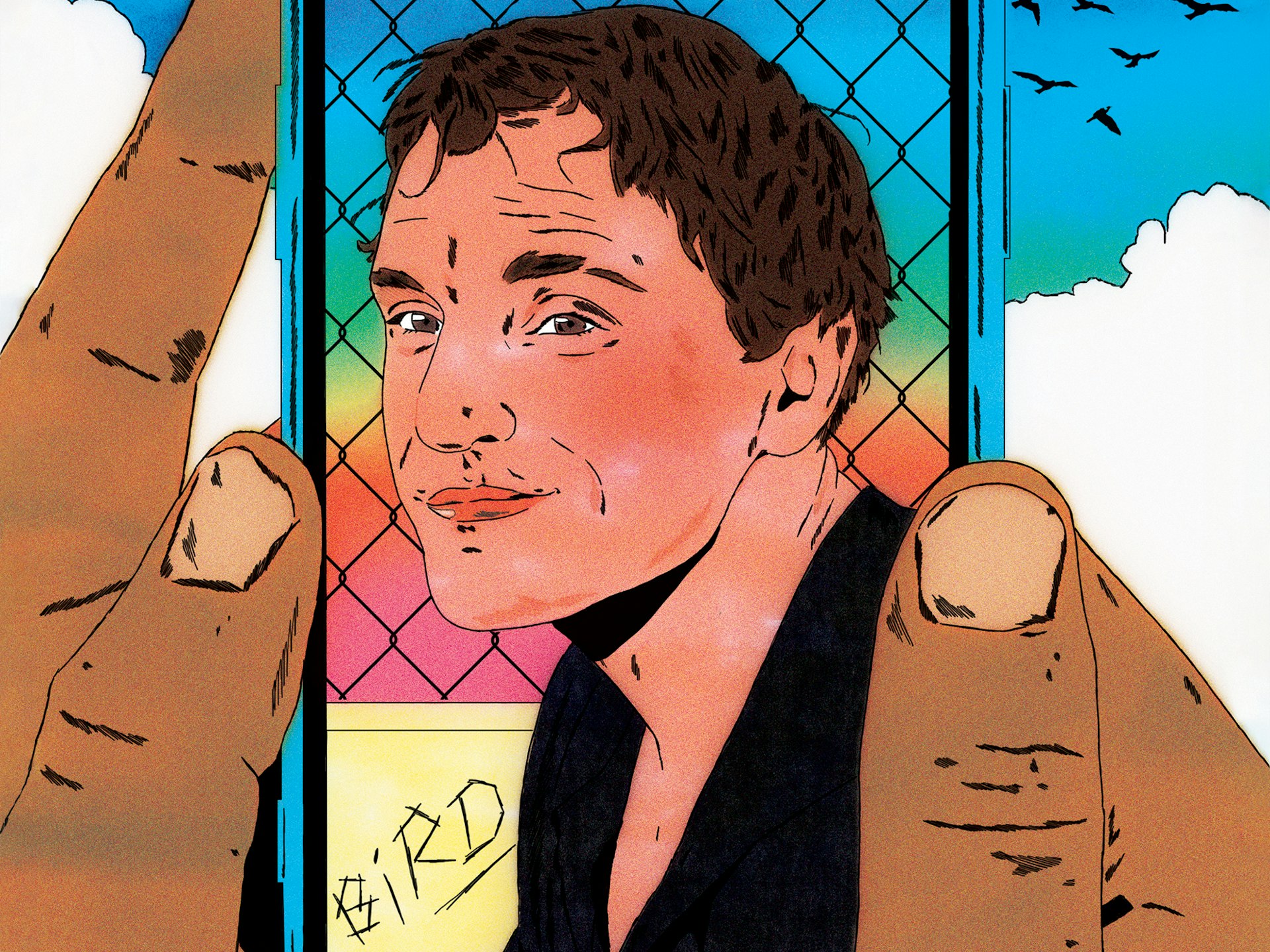
Barry Keoghan, Franz Rogowski and Andrea Arnold on ‘Bird’
The new issue of Little White Lies brings Andrea Arnold’s sixth feature to life with a thematic voyage down the Thames estuary.
Written by: Maisy Hunter
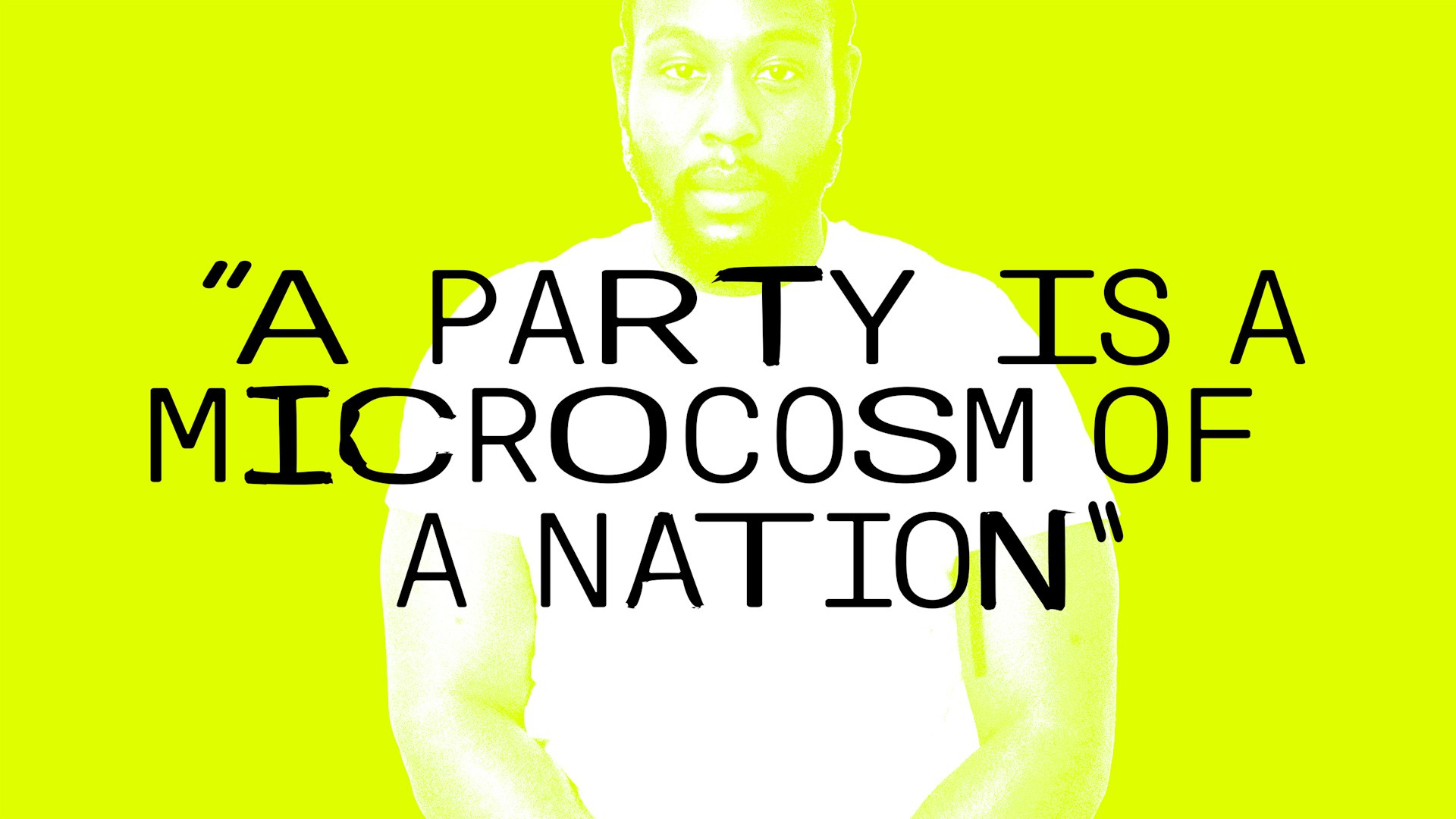
“A party is a microcosm of a nation”: Caleb Femi on the decline of the house party
To celebrate the publication of his new collection ‘The Wickedest’, Isaac Muk caught up with Femi to talk more about the work, the future of the shoobs, and discuss why having it large on a Saturday night should be cherished.
Written by: Isaac Muk
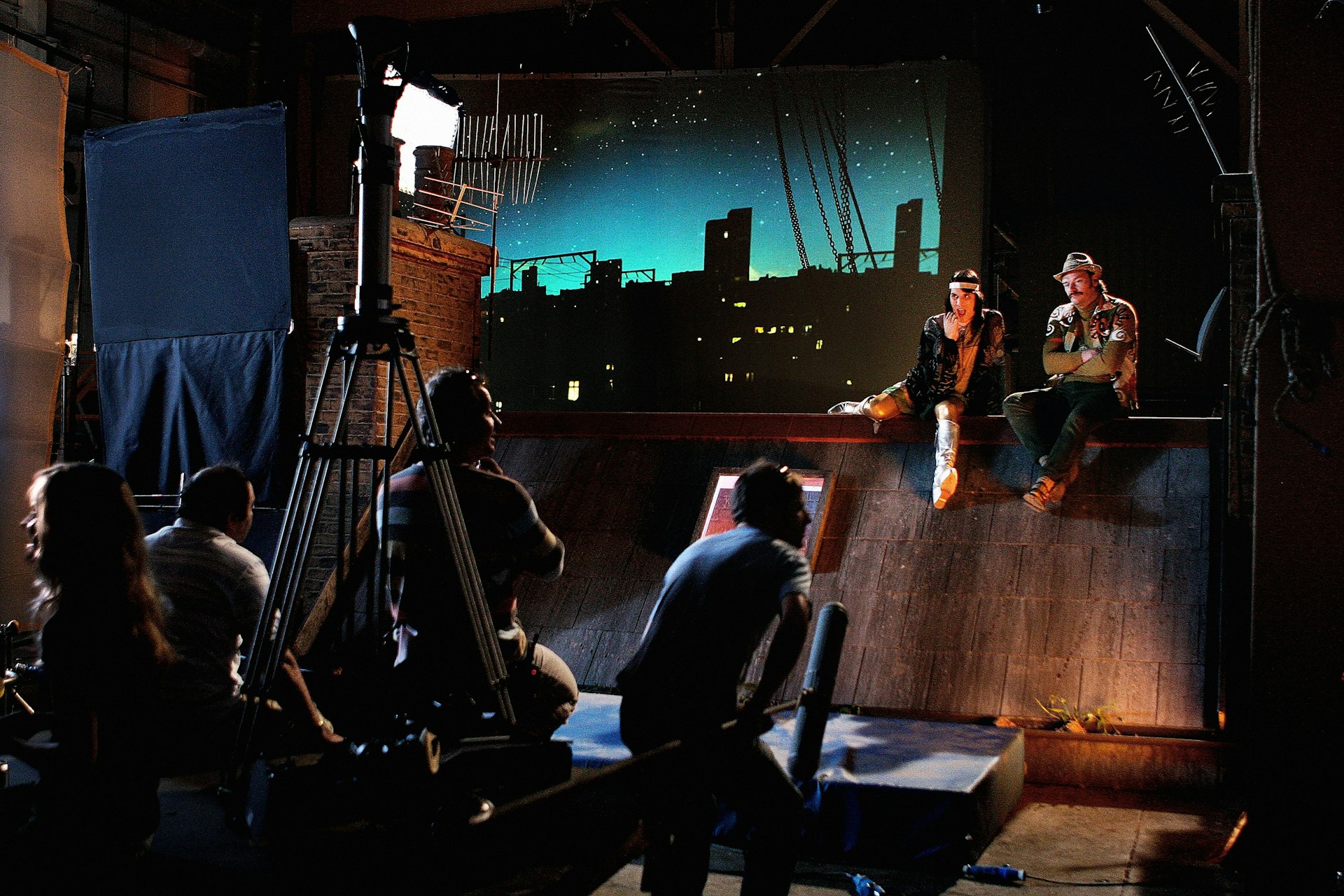
Celebrating 20 years of The Mighty Boosh
A new exhibition takes a look behind the scenes of the iconic show two decades after its BBC3 premiere.
Written by: Isaac Muk
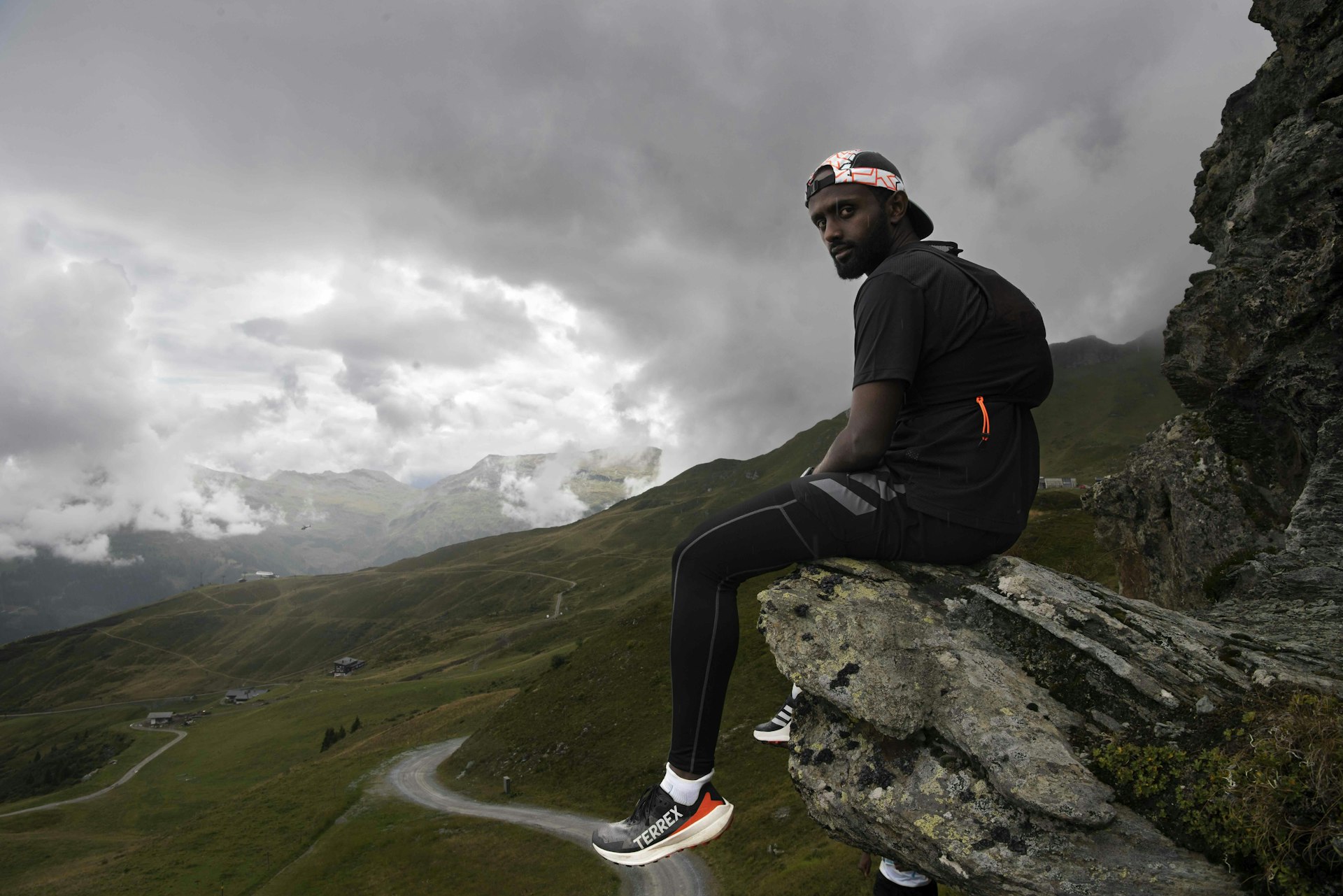
We Run Mountains: Black Trail Runners tackle Infinite Trails
Soaking up the altitude and adrenaline at Europe’s flagship trail running event, high in the Austrian Alps, with three rising British runners of colour.
Written by: Phil Young
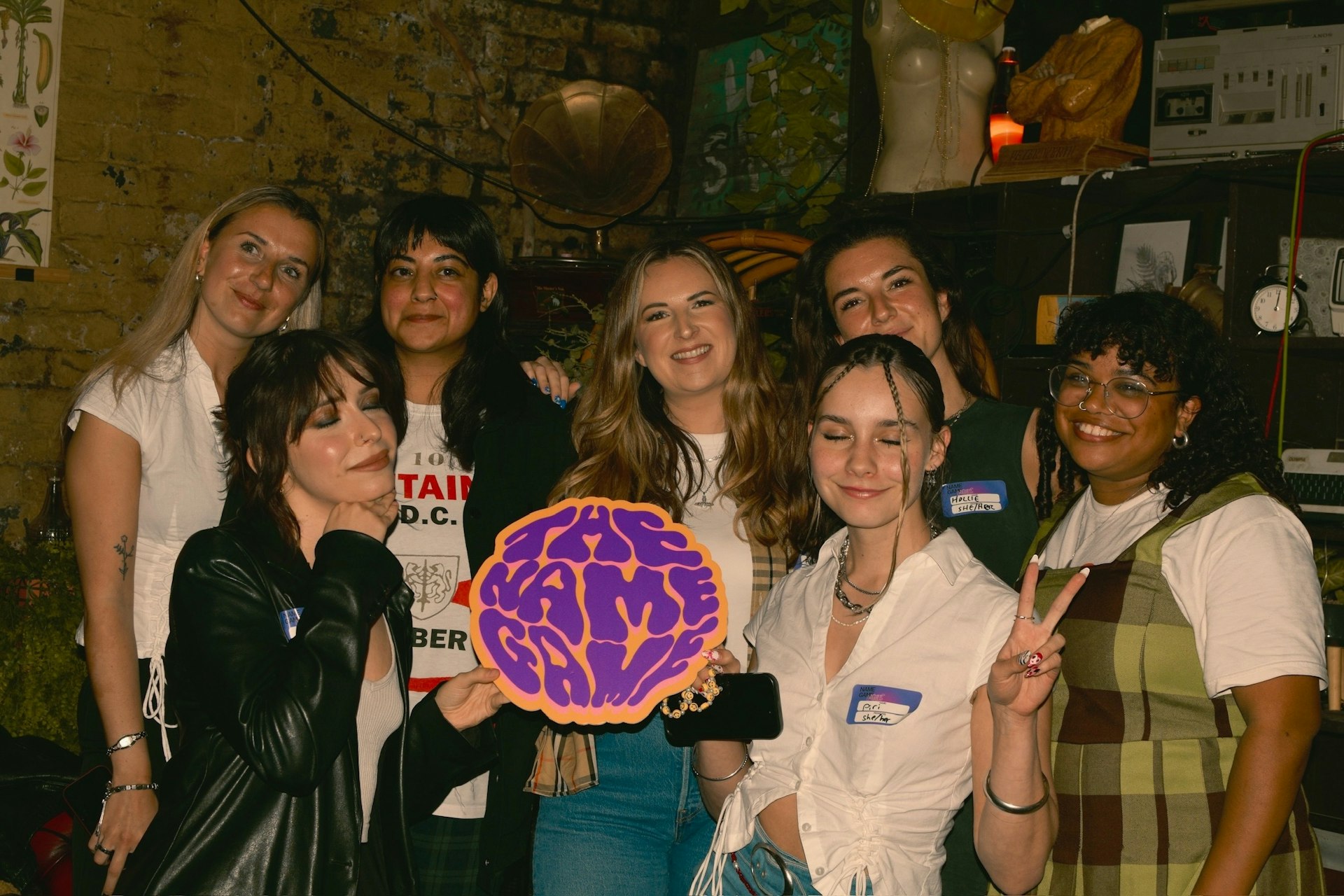
The organisation levelling the playing field in the music industry
Founded in 2022, The Name Game is committed to helping female, non-binary and trans people navigate the industry.
Written by: Djené Kaba